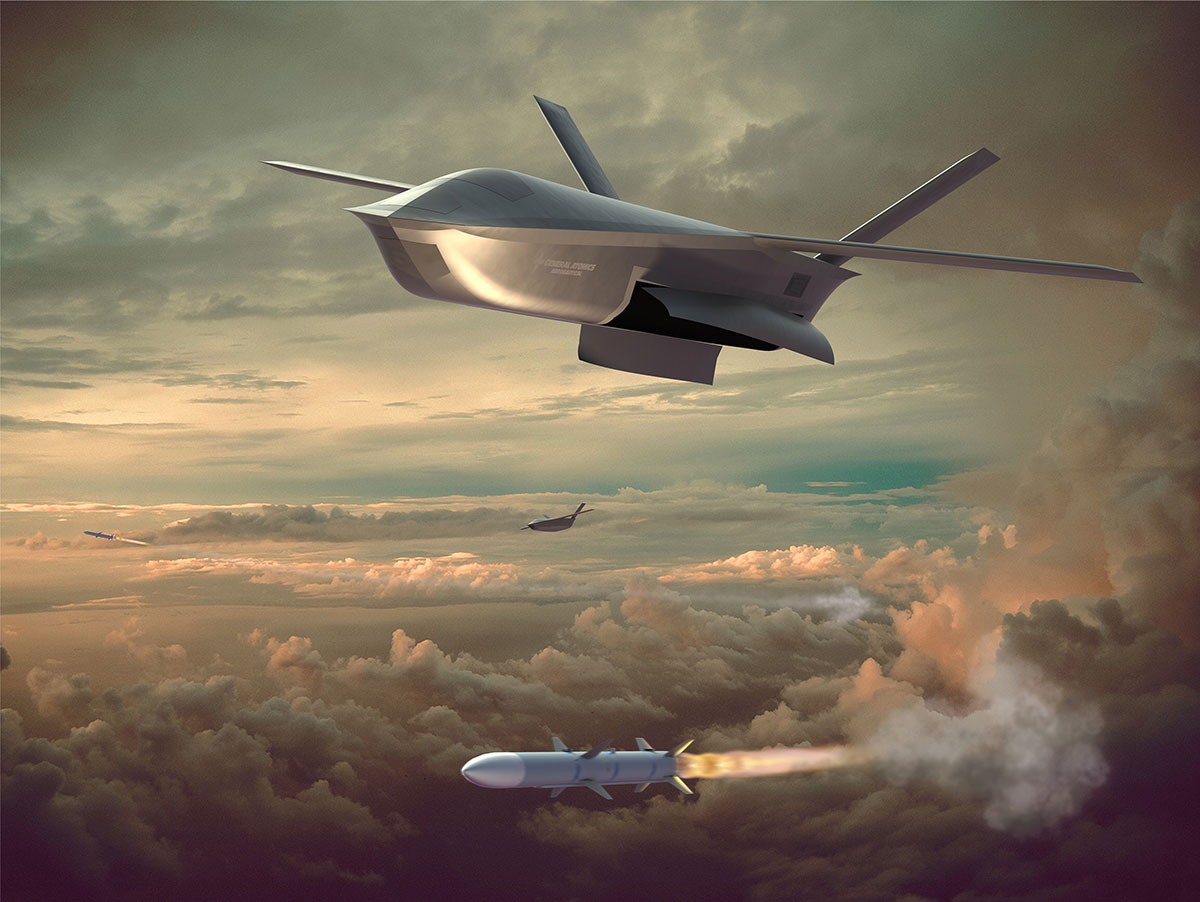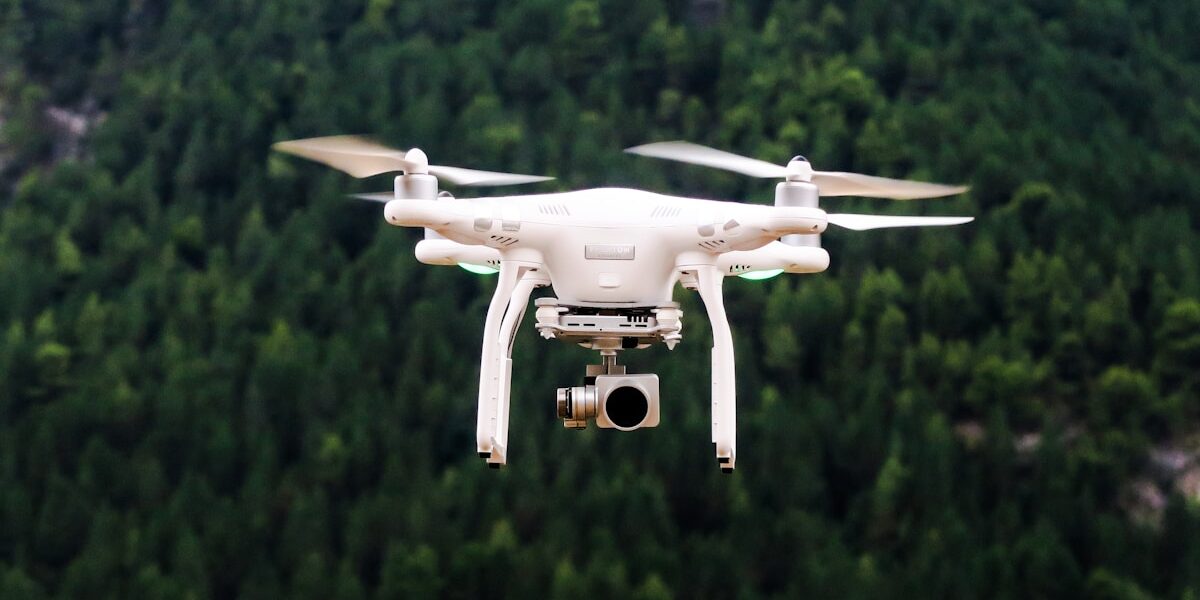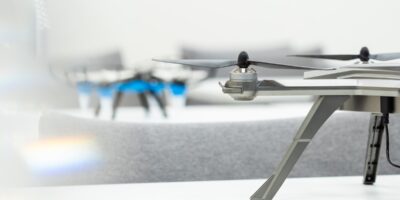Exploring Radio Unmanned Aerial Systems (UAS)
Radio unmanned aerial systems, commonly referred to as UAS, are revolutionizing various industries. These systems operate aircraft without a human pilot on board. Instead, they rely on radio communication for control. The ability to navigate and complete tasks remotely has positioned UAS as valuable tools in many fields.

The Components of Radio UAS
A typical radio UAS comprises several key components. These include the aircraft, ground control station, and communication link. The aircraft itself can vary in size and capability. It ranges from small drones to larger systems capable of carrying heavy payloads. Drone designs can be fixed-wing or rotary-wing, depending on the mission requirements.
Ground control stations serve as the command center for UAS operations. They house the pilot’s controls and display respective data in real-time. The communication link is crucial as it ensures seamless transmission between the drone and control station. This link comprises radio signals, which vary in frequency and strength.
Operational Domains and Use Cases
The applications of radio UAS span multiple sectors. In agriculture, they assist in crop monitoring through aerial imaging. These images provide farmers with data on crop health and efficiency. They help in precision agriculture by enabling targeted spraying.
In the field of surveillance, UAS are invaluable. Security forces use them for reconnaissance in difficult terrains. Their ability to operate discreetly and quickly makes them suitable for border patrol and search operations. UAS technology extends to disaster management, providing aerial views of affected areas, which aids in efficient relief planning.
The construction industry utilizes drones for site surveying. UAS technology allows real-time progress tracking and terrain mapping. Companies save time and resources by reducing the need for manual inspection. This technology ensures better safety standards and project management.
Radio Frequency and Signal Transmission
Radio UAS depend on precise radio frequencies for transmission. Different frequencies cater to varying needs, affecting the range and data rate of communication. Common frequencies include 2.4 GHz and 5.8 GHz. The choice of frequency depends on the operational environment and mission goals.
Signal propagation influences UAS performance. Line of sight between the drone and control station is crucial. Dense urban areas or geographical obstacles can interfere with signal strength. Technological advancements continue to improve signal resilience and transmission capabilities.
Technological Innovations in Radio UAS
The field of radio UAS is witnessing rapid technological progress. Innovations aim to enhance operational efficiency and expand applications. The integration of machine learning algorithms allows drones to process data on-board. This capability enables UAS to perform real-time analytics and reduce dependency on control stations.
Battery technology continues to improve, offering longer flight times and faster recharge capabilities. Advances in sensor technology allow for more precise data collection and enhanced environmental awareness. Autonomous flight capabilities are a key area of development, enabling drones to execute missions with minimal human intervention.
Challenges and Considerations
The use of radio UAS presents several challenges. One major issue is the regulatory environment. Different countries have varying laws governing UAS operation. Compliance with these laws is essential to ensure safety and privacy, requiring users to navigate regulatory landscapes effectively.
Signal interference is another critical consideration. Overlapping frequencies can cause communication interruptions. Operators must carefully manage radio frequencies to avoid potential conflicts. Cybersecurity risks also pose a challenge as UAS systems can be vulnerable to hacking attempts.
Future Prospects of Radio UAS
The future of radio UAS remains promising. Continued research into artificial intelligence and automation will expand drone capabilities. Emerging applications in delivery services and human transport are on the horizon. The commercial landscape of UAS technology is expected to grow as investment in research and development increases.
Overall, the integration of radio UAS into various sectors will drive innovation. These systems have proved their value as versatile tools for the modern age. As technology evolves, radio UAS will continue to shape industries and redefine operational efficiency.




Subscribe for Updates
Get the latest articles delivered to your inbox.
We respect your privacy. Unsubscribe anytime.